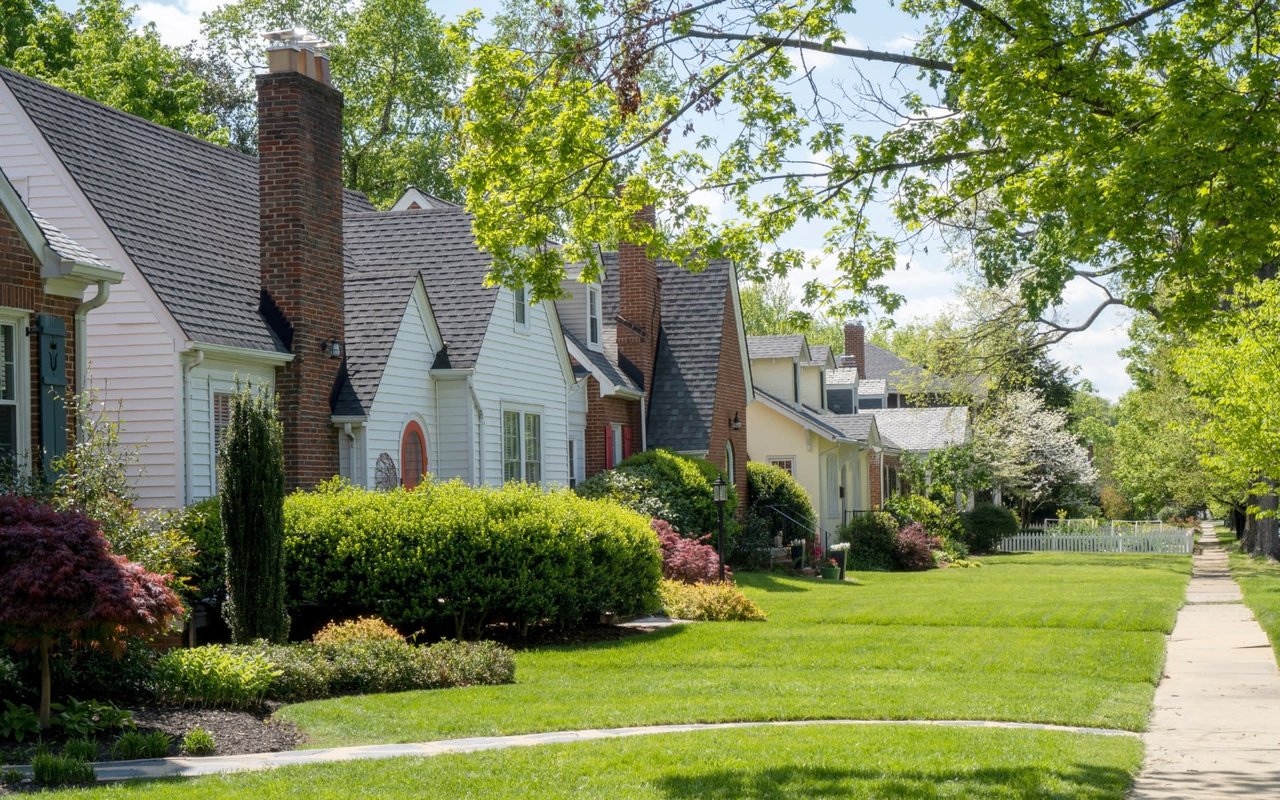Every year, as I dig through my basement and get ready for spring cleaning, I find something that just isn’t needed anymore. Old phone chargers, desk lamps, phone books, and all sorts of odds and ends can be found in just about any basement, garage, or attic. Just throwing all that stuff away is more than a waste of resources – it’s a waste of money. After all, the more we send to landfills, the more we end up paying.
As the slogan goes, “Reduce, Reuse, Recycle.” During spring cleaning, we’re past the “reduce” stage, though a few things may be able to be reused. Recycling is a great way to keep things out of the landfill. It’s not perfect, though there are some simple things we can each do to cut down on waste processing costs. From the challenges of modern recycling to common misconceptions to some actual advice, join me in keeping our county beautiful and our costs down!
Recycling Challenges
Recycling everything isn’t exactly the easiest thing to do. As contracts change and technology evolves, so do recycling guidelines. What goes to curbside recycling, what goes to curbside garbage, what goes to compost, and what happens to everything else changes with the times. With so much change, it’s no surprise that attempts at standardizing recycling have not kept up.
Following recycling regulations is worth it, even if it can be a challenge. The benefits outweigh the cost, especially since one of those benefits is reduced costs. When we don’t follow the guidelines and the wrong type of materials get mixed in with recycling, entire batches can become useless and destined for a landfill.
Our recycling is picked up from our curbs and moved to the recycling plant, where the loads get sorted. Then any waste gets hauled off to a landfill. Once at the landfill, the waste takes up space and presents all those environmental and health problems we hear about in the news every now and then. The landfill hits capacity sooner, and more space is needed.
This means we, the consumer, pay for our recycling to be hauled away and processed twice when the batch is contaminated. When Lanchester Landfill is full, where are we going to find space for the next one? With nearly 31% of Chester County as protected open space, how much is the next landfill going to cost? What a waste of money – pardon the pun.
The good news is that there are resources out there to make recycling easier. No generalized resource will be perfect, as each processing facility has its own set of requirements. You will want to contact your hauling services provider to find out the details for your curbside pickup.
General Recycling Principles
While every processing facility is different, there are a few general recycling principles that can be helpful.
- If it’s smaller than a yogurt cup, it could get caught in the equipment.
- Nothing that can be composted should make it to the recycling bin.
- If it’s going to be picked up curbside, it should fit in the bin.
- Electronics usually need a special processing facility.
- Plastic bags, including bubble wrap and trash bags, do not belong in curbside pickup.
In more practical terms, here are a few of the more common items that fit this description. While not universal, these items usually do not belong in curbside recycling:
- Bottle caps
- Plastic wrap and plastic bags
- Takeout food containers
- Pizza boxes
- Uncleaned jars and bottles
- Industrial, chemical, and toxic items
Chester County Information
Detailed information for the county can be found on the Chester County Solid Waste Authority website. Though the county’s guidelines are generally applicable, even they stress the importance of contacting your local hauler for exact details. Within the Borough of West Chester, for example, there are instructions to breakdown and bundle cardboard with a string for curbside pickup. In West Goshen Township, they instead have designated drop-off areas for oversized cardboard.
Beyond the Curb
There are a lot of materials that should be recycled but don’t qualify for curbside pickup. Plastic bags are the most common example, though many electronics and health care devices also require special disposal. Many municipalities have a drop-off location, or even an option to schedule a pickup for larger items. There are also plenty of non-profit and for-profit organizations that find new lives for old things.
One of my favorite groups is the Community Warehouse Project, which uses old furniture to fill out homes for those in need. Organizations like Green Drop, Goodwill, and others, may be places to look before you send your old items to the landfill. You may not want that coffee table anymore, so why not let someone else use it?
Conclusion
Taking a few minutes to sort and clean recycling before sending it to its designated recycling location may seem like a small thing to do, but it has a big impact on our wallets and our community. I hope you keep this in mind while cleaning out your space this spring – I certainly will have a waste disposal guide on hand.
Thank you for joining me on this stroll down the sidewalk and discussion of our community’s recycling! If you learned something new this article, or if I missed an important recycling category, please let me know!





